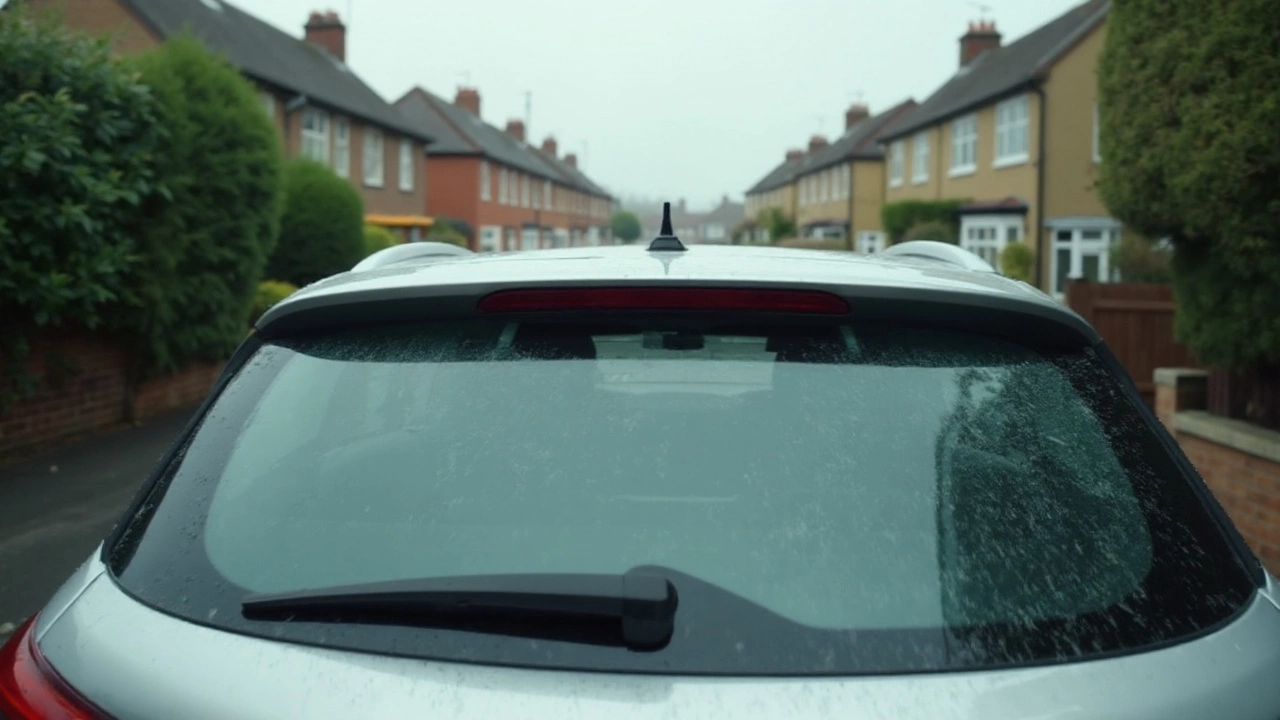MOT Rules Explained – What Every Driver Needs to Know
If you own a car in the UK, the MOT is a part of life. It’s not just a piece of paper – it’s the law and a safety check that can save you money and headaches. Below you’ll find the basics you need, the schedule you must follow, and the top things that trip people up.
How Often Do You Need an MOT?
New cars get their first MOT at three years old. After that, you must book a test every 12 months. The date on your MOT certificate tells you exactly when you’re due. Don’t wait until the last minute; a few weeks early gives you time to fix any problems and avoid a costly fail.
When you book, check if the centre offers a free re‑test within a short window – many do, and it can save you an extra fee if something minor was missed.
Common Reasons Cars Fail
Lights are the biggest fail point. A burnt‑out headlamp, indicator, or brake light is an instant no‑go. Keep a spare bulb in your glove box and swap it out before your test.
Tyres also cause trouble. The legal tread depth is 1.6 mm, but most mechanics recommend changing them before they hit 2 mm for better grip. Make sure the tyres are the correct size for your vehicle and that the sidewalls are free of cuts or bulges.
Brakes are next on the list. If the pads are worn down or the discs are scored, you’ll hear a squeal or feel a vibration. A quick visual check at home can spot obvious wear; otherwise, let a professional assess them.
Exhaust smoke, excessive corrosion, and faulty seatbelt locks pop up too. These are easy to miss if you don’t look closely, so a quick walk‑around before the MOT can catch them early.
One tip many drivers overlook: check the vehicle registration plate. If it’s dirty, faded, or damaged, the examiner will fail you on the spot.
Keeping up with regular service can prevent most of these issues. A cheap oil change, filter swap, and brake check every six months keeps the car in good shape and makes the MOT smoother.
If you’re in Northwich, the Northwich Tyres Centre can help you sort out tyres, brakes, and lights before you book your test. Their team can also run a quick pre‑MOT check so you know exactly what needs fixing.
Remember, the MOT isn’t just a legal hurdle – it’s a safety net. Passing it means your car meets minimum road standards, which protects you, your passengers, and other road users.
To sum it up, mark the date on your calendar, fix lights and tyres early, give brakes a look, and consider a pre‑MOT check at a trusted garage. Follow these steps and you’ll walk out of the test centre with a fresh certificate, no surprises, and peace of mind on the road.
 3 August 2025
3 August 2025
Is It Legal to Remove Your Rear Windscreen Wiper in the UK?
Thinking of ditching your rear windscreen wiper? Find out if it’s illegal in the UK, how it affects MOT tests, and what it means for your safety and insurance.






0